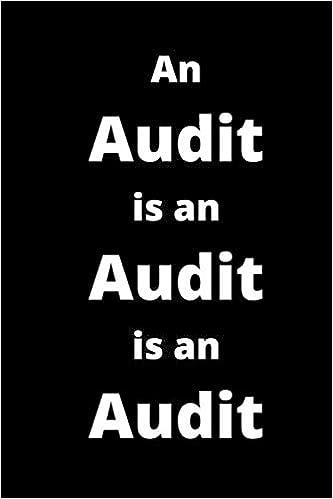Please Answer question 5 and 7. Thank you!

5. You are required to calculate the total inventory cost for the component N during the eight weeks. Note that, for each week, the inventory cost includes a xed cost and a holding cost. We assume that the per order xed cost is $50/order, and the unit holding cost is $1 per item per week. The xed cost is incurred each time when the rm places an order. More precisely, if the rm places an order at the beginning of a week, then the rm incurs the xed cost for this week; otherwise, the xed cost for the week is zero. The holding cost is calculated according to the number of remaining items at the end of each week. For example, if 10 units of the component N are remaining at the end of a week, then the holding cost for this week is 10 $1 = $10. 6. Use your MRP schedules for the subassemblies A and B to develop material requirements plan (MRP) for the component N using the ordering policy of "fixed order quantity 50". [4 marks] 1 2 3 4 5 6 7 8 Lead time: 2 weeks, On hand: 60 Week N Gross Requirement Scheduled Receipts Projected On Hand Net Requirements PO Receipts PO Releases 7. Calculate the total inventory cost for the fixed order quantity in Question 6. The per order fixed cost is still $50/order, and the unit holding cost is still $1 per item per week. Determine if the policy of fixed order quantity is better than the policy of lot-for-lot in the 8-week period. (Hint: Compare the total inventory costs for two policies to see which one is smaller.) (4 marks] Answer: 5. You are required to calculate the total inventory cost for the component N during the eight weeks. Note that, for each week, the inventory cost includes a xed cost and a holding cost. We assume that the per order xed cost is $50/order, and the unit holding cost is $1 per item per week. The xed cost is incurred each time when the rm places an order. More precisely, if the rm places an order at the beginning of a week, then the rm incurs the xed cost for this week; otherwise, the xed cost for the week is zero. The holding cost is calculated according to the number of remaining items at the end of each week. For example, if 10 units of the component N are remaining at the end of a week, then the holding cost for this week is 10 $1 = $10. 6. Use your MRP schedules for the subassemblies A and B to develop material requirements plan (MRP) for the component N using the ordering policy of "fixed order quantity 50". [4 marks] 1 2 3 4 5 6 7 8 Lead time: 2 weeks, On hand: 60 Week N Gross Requirement Scheduled Receipts Projected On Hand Net Requirements PO Receipts PO Releases 7. Calculate the total inventory cost for the fixed order quantity in Question 6. The per order fixed cost is still $50/order, and the unit holding cost is still $1 per item per week. Determine if the policy of fixed order quantity is better than the policy of lot-for-lot in the 8-week period. (Hint: Compare the total inventory costs for two policies to see which one is smaller.) (4 marks]







